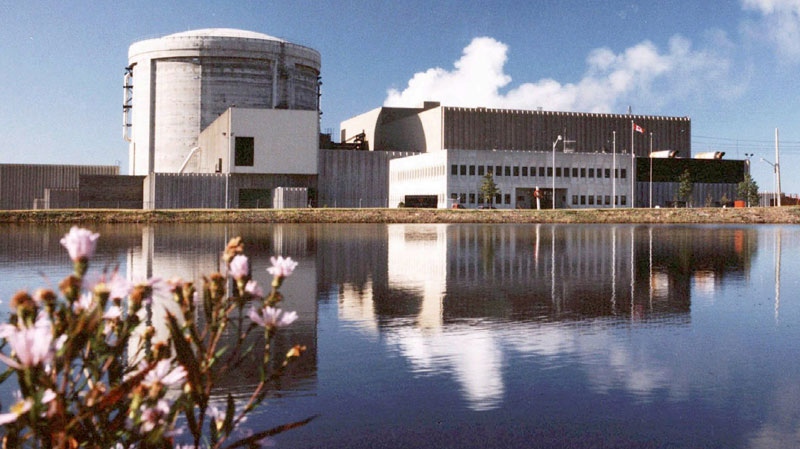
Small modular reactor (SMR) startup ARC Clean Energy Canada said it completed its Series A financing in the amount of C$30 million ($24.11 million) from private sector investment and the Province of New Brunswick.
The financing is expected to advance deployment of a grid-scale advanced SMR at the Point Lepreau Nuclear Generating Station site, which is owned by provincial utility New Brunswick Power. The funding also sets up further milestone achievements that are expected to lead to additional funding from the province.
In late March, the governments of Ontario, New Brunswick, Alberta and Saskatchewan released a strategic plan providing a path forward to advance SMRs in the country.
And, in an unrelated SMR financing deal in early April, Japan NuScale Innovation (JNI) and Japan Bank for International Corp. (JBIC) bought $110 million in NuScale Power equity from Fluor Corp. Fluor remains the majority owner of NuScale, the Oregon-based small modular reactor (SMR) developer intent on reigniting the country’s nuclear power development sector.
The ARC Clean Energy SMR design is based on the EBR-II, a sodium-cooled fast nuclear reactor developed in the 1960s by the U.S. Department of Energy’s Argonne National Labs. That reactor supplied energy to the grid for 30 years in Idaho, and demonstrated the design’s safety, metal fuel fabrication, load following and waste recycling capabilities.
ARC Canada plans to deploy its technology for both electrical and industrial applications to customers including utilities, governments, and corporations.
The ARC Canada technology is a modular 100 MW fast reactor that is designed to operate with a 20-year refueling cycle. As with other SMRs, it has a modular design that can be produced in a factory. The design is expected to lead to low-cost energy and broader supply chain participation.
The company has entered Phase 2 of the Canadian Nuclear Safety Commission’s vendor design review process as part of the design oversight from the regulator.
According to Argonne, the EBR-II was originally designed and operated with a focus on demonstrating a complete breeder-reactor power plant with on-site reprocessing of metallic fuel. This was done from 1964 to 1969. During those five years, the reactor’s Fuel Cycle Facility processed 35,000 fuel elements, produced 366 subassemblies, and assembled 66 control and safety rods. The facility was then converted from a breeder to a burner reactor. The new missions emphasized testing fuels and materials for larger, liquid metal reactors.
Argonne said that the EBR-II was the backbone of the U.S. breeder reactor effort from 1964 to 1994, when research was terminated. The EBR-II accommodated as many as 65 experimental subassemblies at one time for irradiation and operational reliability tests. EBR-II also performed over 30,000 irradiation tests. More recently, EBR-II was the prototype for the Integral Fast Reactor (IFR).
One feature new to the EBR-II was its pool-type design. Argonne explained that the reactor core, its fuel handling equipment, and many other systems of the reactor were submerged under molten sodium. It said this type of design offered simplified design and construction, reduction of thermal stress, elimination of some heavily shielded external facilities, and increased safety.
The pool-type design, combined with its metal alloy fuel, made the EBR-II passively safe. The reactor could safely shut down, without operator assistance, even if safety systems had failed. This safety feature did not depend on control rods or computer monitoring.
This passive safety approach was demonstrated in 1986 when EBR-II underwent a series of IFR safety tests. The tests simulated accidents involving loss of coolant flow. Argonne said that even with the normal shutdown devices disabled, the reactor safely shut down without reaching excessive temperatures anywhere in the system.